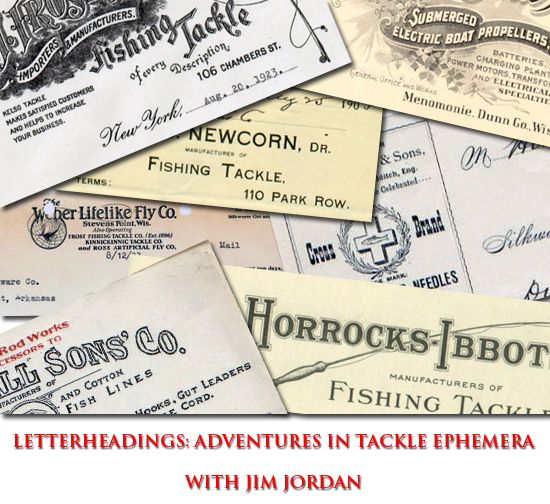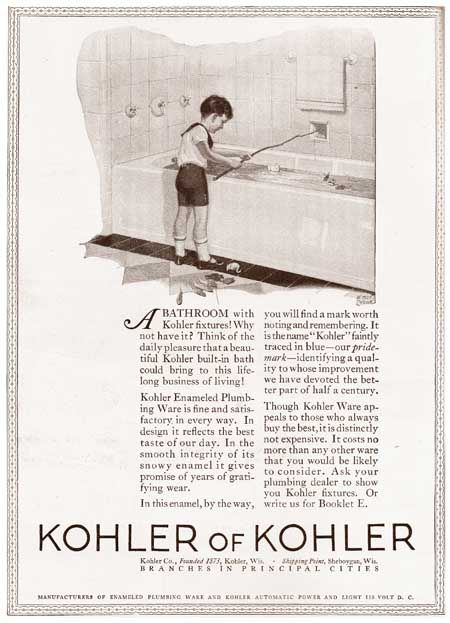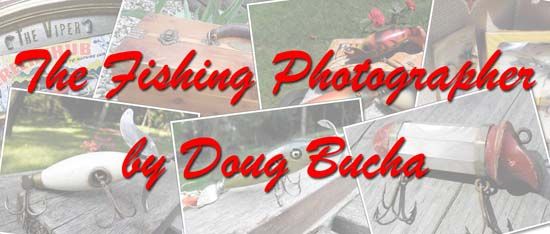
We have a great fondness for the Montague City Rod and Reel Co., the men who built it, the products they produced, their intricate and convoluted history, and the catalogs and letterhead that trace their accomplishments in the tackle industry. We have attempted to purchase examples of every one of their reel models, with every trade name and retailer stamping we could find. We covet all issues of Montague catalogs, paper and photos; especially those prior to their acquisition by Ocean City during the 1934-35 period.


Our interest was such that in October of 2006 my wife and I drove to the old factory site (about 6 hours, just under 400 miles) and stayed in the area for several days. We did research in local libraries and historic societies. We had lunch with workers long since retired from the rod factory who told us what it smelled like and sounded like in its glory days. We visited assisted living facilities to talk to women who had done piece work on the rods from their homes, affixing the guides with intricate threading patterns and colors. There were employees who had played on the baseball team sponsored by the factory on the ball diamond in its front yard. We talked to septuagenarians who as children had played hide and seek among the stacks of lumber beside the main office building. Where a piece of the company history was missing, we sought out surviving family members who generously shared their stories and photos and memories.


 Photo of the old Montague factory, courtesy of Steve Vernon.
Photo of the old Montague factory, courtesy of Steve Vernon.
We took photos of the disintegrating corpse of the old brick factory building, and compared them with images of the factory in its prime, said to be (for a time) the largest producer of bamboo rods in the world. Some few of the rod models (Red Wing and Manitou) were of such quality as to be much sought after by collectors today. There were stories, perhaps apocryphal, of workers during the great Depression dropping finished rods out the windows into the bushes for retrieval at quitting time. The taller men were said to occasionally walk stiff legged out of the plant with a Red Wing Fly Rod hidden in their trousers. If they had tried to sell the rods they would have been fired in a heartbeat but for fishing in nearby waterways much could be ignored or forgiven.
The only building on the old factory site still occupied (now a bachelor's residence) was the headquarters building; A pleasant young man opened the door and asked if we would like to see inside. Everything else was silent, save for the barking of a small black and white dog staring at us from a distance. The rooms were absent of wooden desks with large black typewriters, clacking keys or the ping of the carriage return to give a sense of urgency and purpose. Once a fire in the factory had consumed so many finished rods that the officers had taken steps to ensure a loss of that magnitude would not happen again. Central to the building, a monstrous walk-in safe had been installed where large bundles of high end rods had been stored pending shipment. Now the huge black door was wide open, its interior empty. It reminded me of an empty tomb with the stone rolled back.
We walked the abandoned railroad spur in back of the factory where red-brown colored boxcars used to wait for supplies to be unloaded and crates of rods take their place. Across the street we visited the old hospital building that treated workers injured in the performance of their duties; the school next door that educated their children and the general store that sold them their necessities.
If you are interested in a wonderful summary of Montague Company history, A. J. Campbell's "Classic & Antique Fly-Fishing Tackle" is indespencible. However, it was never intended as the definitive study, much less an attempt to describe their various product lines. It is our hope that some day a more complete history of the company will be written with a careful documentation of their rods, reels and other products . A small book could be written focusing only on their wooden floats with four different sets of hardware and sixteen different name imprints. We can not even begin to guess the effort and paper it would take to adequately document their multitude of rod models. Few collectors know that Montague operated a paddle and oar factory not many miles from the headquarters building or that they made ski poles for the military. It would take multiple volumes to correctly cover the rich variety of pre 1934 Montague reels with plates of hard rubber or German Silver or nickel plated brass in models intended for casting, fly and ocean fishing - there are literally hundreds.
We are mindful of the brief space allotted here to discuss Montague letterhead. The point I would like to make is that if you really want to enjoy collecting letterhead from Montague or any other tackle production company, get to know the important officers of the subject company through research. Find out something about the letter's addressee. Look at period maps of the area. Talk to natives of the area who have a story to tell, even if you have to do it by phone. Helpful research librarians across the country are one of a letterhead collector's greatest assets.
We have reviewed over 100 Montague letterhead for this article. We have chosen the one reproduced below for illustration in the hope of bringing this company to life for the reader.
The fictional snapshot of Leander Bartlett's Saturday on 29 May 1909 provided below is based on the content of the letter, our knowledge of the man, the factory and a study of the area surrounding the factory.
 Leander Bartlett picked up the letterhead and admired the engraved vignette of a rod and reel alongside a reasonably accurate depiction of the Montague City, Mass. factory. His factory. As he studied the artwork his lips moved, but he did not quite give voice to his thoughts, This Is Who We Are. This Is What We Do. He had two other partners, a business man by the name of Charles Hazelton who acted as Treasurer and a famous civil engineer, Banard W. (Barney) Farren, who had deep pockets and acted as President. Farren and Hazelton were businessmen and did not know squat about what it took to build fishing rods. But Bartlett knew and one of the things it took was line.
Leander Bartlett picked up the letterhead and admired the engraved vignette of a rod and reel alongside a reasonably accurate depiction of the Montague City, Mass. factory. His factory. As he studied the artwork his lips moved, but he did not quite give voice to his thoughts, This Is Who We Are. This Is What We Do. He had two other partners, a business man by the name of Charles Hazelton who acted as Treasurer and a famous civil engineer, Banard W. (Barney) Farren, who had deep pockets and acted as President. Farren and Hazelton were businessmen and did not know squat about what it took to build fishing rods. But Bartlett knew and one of the things it took was line.
Bartlett might have smiled, as he often did when he looked at the factory letterhead. It said, "Manufacturers of fishing rods, reels, snelled hooks, leaders, etc." Who we are. What we do. But for once the classy letterhead failed to brighten his day. His dark mood was due to the reply letter he was about to sign addressed to Henry Hall Sons'. Bartlett's gaze drifted to the calendar on his office wall, Saturday, May 29th 1909. He had written Hall almost a month before on May 5th, enclosing a sample of line needed to wrap rod grips and asked them to quote a price on producing it. The sample of line Hall sent back with their price quote was the wrong color and quoted in lengths far shorter than what was needed at the Montague Rod factory to continue production. Several hundred people worked there and others, mostly women , worked from home applying thread and line wraps to bamboo rod pieces. Their jobs depended on having supplies delivered on time and as ordered.
The letter comprising his reply did not adequately express Bartlett's growing rage at the delayed, useless and faulty response by Hall to a request for a line quote. Neither was Bartlett's reply a sycophant's attempt to encourage celerity and accuracy from a line company known best for sloppy work, poor communication and overdue order completion. The reply, like the man, was unpretentious and stoic. However, it was good to keep in mind that Hall & Sons did have one important virtue, that of being singularly cheap.
To clear his head Bartlett opened the office window and was met with the familiar wall of noise and smells endemic to factories of the time. The guttural throb of a locomotive idling on the spur out back of the factory underlay the higher pitched sounds of saws, staccato hammer blows, shouted instructions and the squeal of machinery on the factory floor. Bartlett squinted at the Catholic hospital across the street. In the far distance Nuns in black and white habits who worked as nurses were coming and going with the shift change.. The hospital had been built by his partner Farren, he of the deep pockets, in honor of his dead son. With the window now wide open, Bartlett could see and smell the stocks of lumber stacked in the yard outside his office. Equally noticeable was the aroma wafting up from various vats of varnish, paint, oil, and the perspiration from over two hundred hard working employees.
He briefly considered redrafting the letter in a harsher tone, but this would cause even more delay and it was Saturday afternoon and time for his secretary to leave. He sat back down at his desk, picked up his pen and slowly inked his signature, L.L. Bartlett, simply and legibly with a sinusoidal curved line beneath it at the bottom of the page.
We hope the above images of Montague letterhead, post cards and photographs will help instill an interest and appreciation in the reader for one of the greatest American tackle companies ever established!
-- Jim Garrett & Skip Brooks























